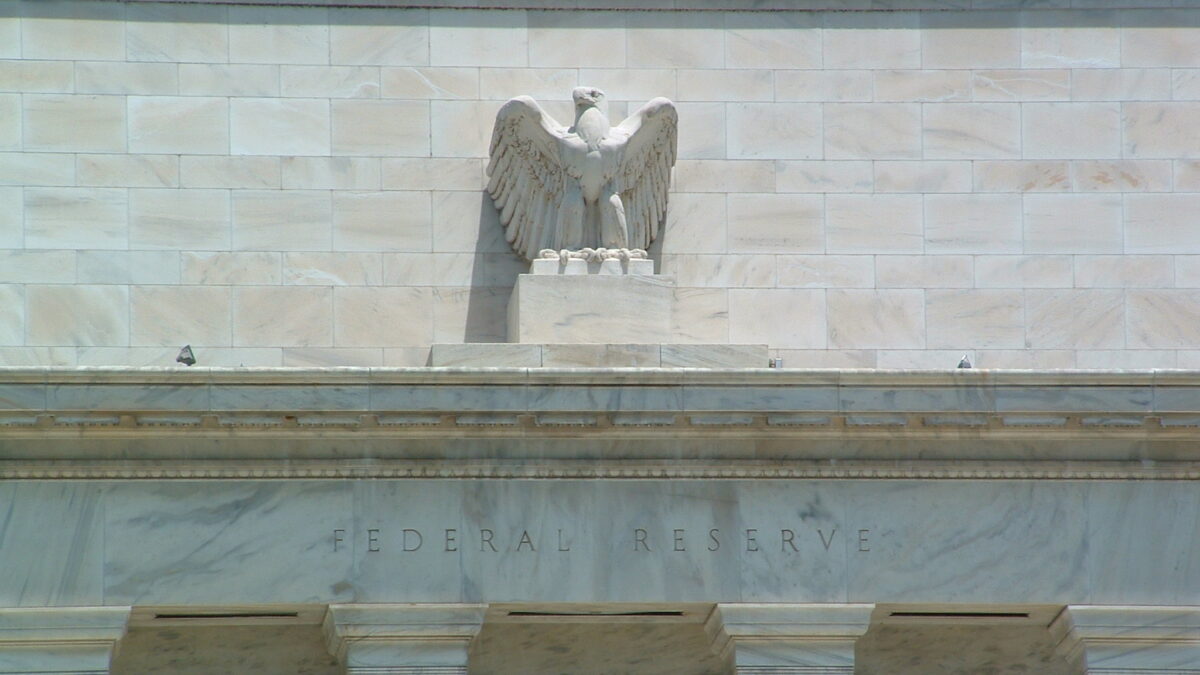A new study shows that Democratic Presidential Nominee Joe Biden’s proposed economic plan would significantly hurt the long-term American economy if implemented.
While many mainstream media outlets claim Biden’s plan will target the wealthy and save the middle-class money, the 50-page study released by the Hoover Institution shows different results.
“Economists have paid too little attention to the economic effects of the Biden plan,” said Casey B. Mulligan, professor of economics at the University of Chicago. “Our report, which focuses on taxation, health insurance, regulation, and energy policy, suggests that these effects are potentially very large indeed.”
The study conducted by a group of financial and economic experts including Mulligan, former Chief Economist of the White House Council of Economic Advisers, and Kevin Hassett, Chairman of the Council of Economic Advisers since 2017, demonstrates how Biden’s plan will hurt everyone.
“We conclude that, in the long run, Vice President Biden’s full agenda reduces full-time equivalent employment per person by about 3 percent, the capital stock per person by about 15 percent, real GDP per capita by more than 8 percent, and real consumption per household by about 7 percent,” the report stated.
If Biden’s proposed changes are implemented, the economists warn that, according to the Congressional Budget Office’s projections, 2030 may yield “4.9 million fewer employed individuals, $2.6 trillion less GDP, and $1.5 trillion less consumption in that year alone.” The economists also note that the median household income in 2030 would fall by $6,500 despite Biden’s promises to prioritize the middle class.
In the study, the economists’ main findings center on three conclusions. First, that for Biden to achieve the “ambitious plans to further cut the nation’s carbon emissions,” 1.3 million net additional energy workers will need to be added into the transportation and electrical industries.
“Biden’s plans are ambitious,” says Mulligan. “Unless people drive a lot less, the electrification of all or even most passenger vehicles would increase the per capita demand for electric power by about 25 percent. Simultaneously, more than 70 percent of the baseline supply (i.e., electricity generated from fossil fuels) would be taken offline and another 11 percent (nuclear) would not expand.”
The study also concludes that “labor wedges are increased by proposed changes to regulation as well as to the ACA.” Because of the subsidations, the study found the average marginal tax rate on labor would rise by 2.4 percentage points.
“Labor falls primarily due to new and high implicit taxes associated with more generous health insurance assistance delivered in the framework of the Affordable Care Act (ACA),” the study reads.
“Our quantitative findings for the ACA should be no surprise given what had been found for previous efforts in the U.S. and other countries to expand health insurance coverage,” the study adds.
Lastly, the study concludes that Biden’s plan “reduces capital intensity by increasing average marginal tax rates on capital income.”
“Biden’s plan to raise personal income and payroll tax rates would push their federal rates from below 40 percent to, often, above 50 percent, and these are on top of state income taxes,” the study states, which would hurt small businesses, their employees, and consumers substantially.
While Biden and his VP Nominee Kamala Harris previously promised that they will not “raise taxes on anyone who makes less than $400,000,” they have also promised to repeal the tax cuts made by President Trump, which gave 80.4 percent of all taxpayers a cut and 91 percent of the middle quintile a cut.
“On Day One, Joe Biden will repeal that tax bill. He will get rid of it,” Harris said during the vice presidential debate in early October.









